A wonderful exhibition by Anne-Mie Devolder and Roy Bijhouwer. The two, committed to architecture and art, own a casa in Le Marche and have dedicated the exhibition Movimento e Cambiamento to the landscape and country life in the region where they love. Elke has had the pleasure of seeing them twice, once in Apiro and once in Cupramontana.
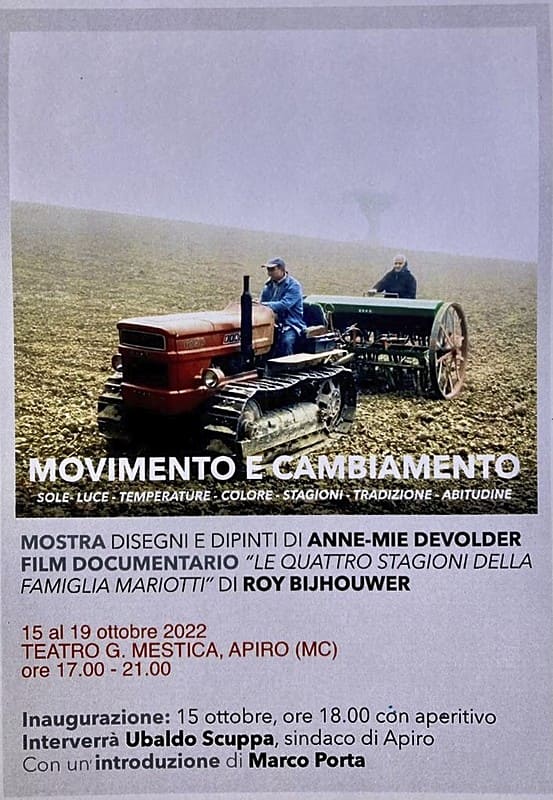
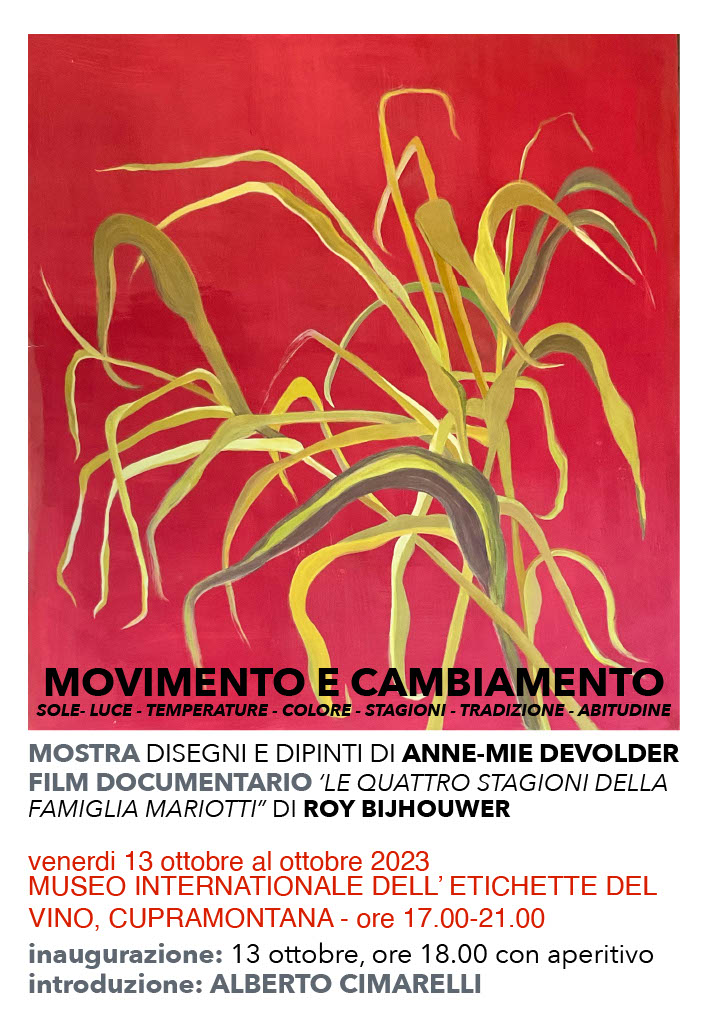
Canna – Schilfrohr
Anne-Mie has been working on her studies of canna (Arundo donax), known in English as reed or pile reed, for years. I liked that the canna, as an object in Anne-Mie’s large-scale paintings, appears both simple and complex. In the pictures they looked incredibly plastic, as if they were swaying in the wind.
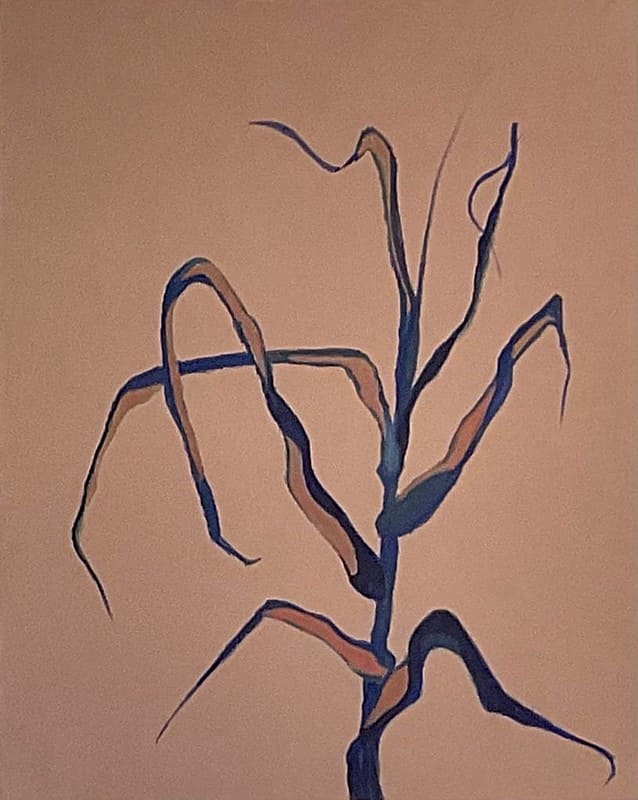
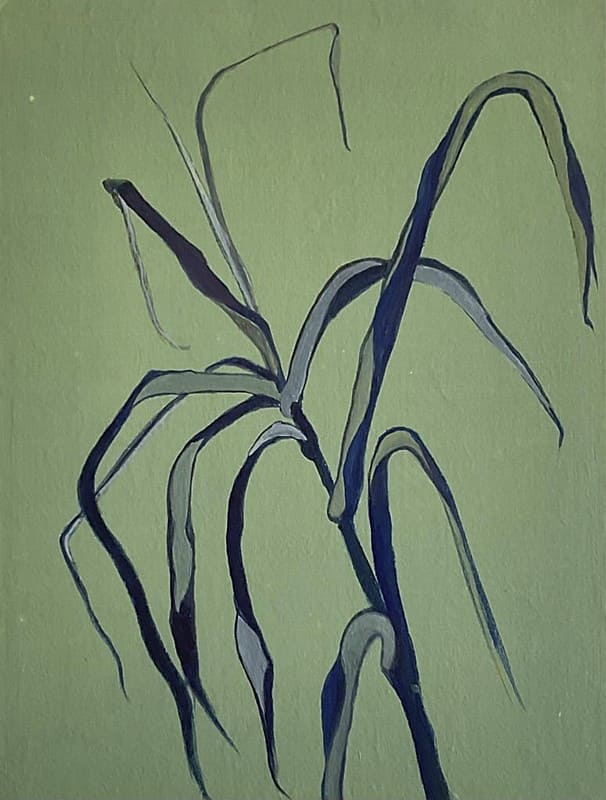

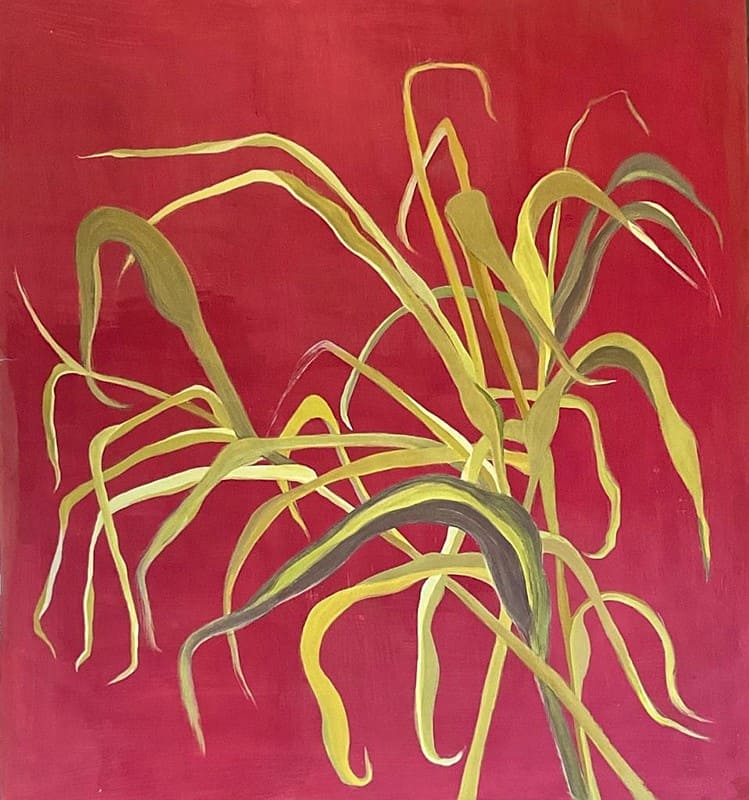
Alberto Cimarelli, who grew up in and around Cupramontana, gave the introductory speech. He asked the rather rhetorical question of why she chose the canna for her pictures and not other, perhaps more impressive plants in the area, such as the holm oak or the mulberry tree. But he knew the answer himself, because the canna can be seen everywhere in the area and it is used in many ways: in the garden to support tomatoes or as a fence, as a disguise and decoration at festivals, and everywhere else where the strong cane is needed . As if to prove it, he gave her toys that he had made from Canna and that he remembered from his own childhood: a small rifle that even made a “pop” when the trigger was pulled and a ratchet that the children used to use to make a noise at Easter made.
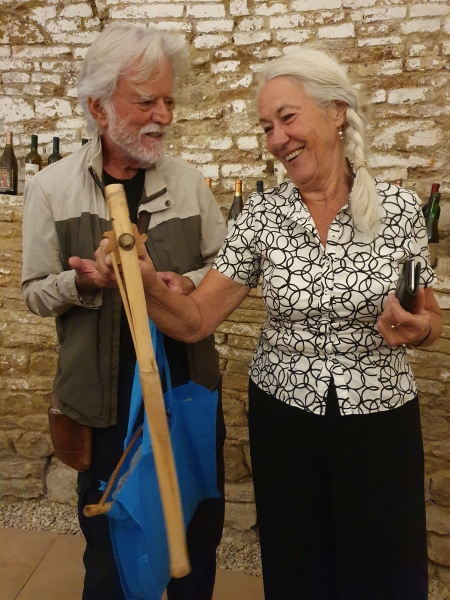
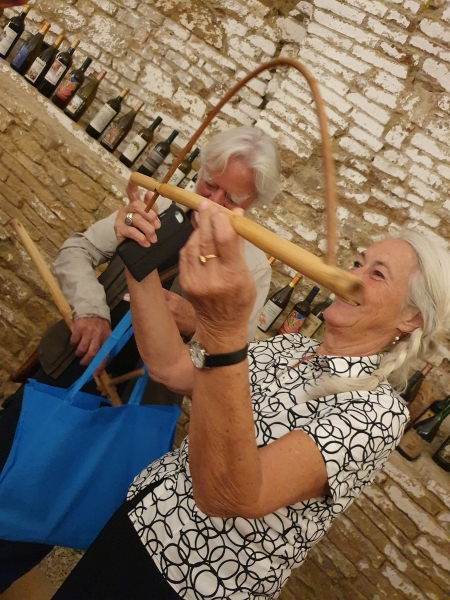
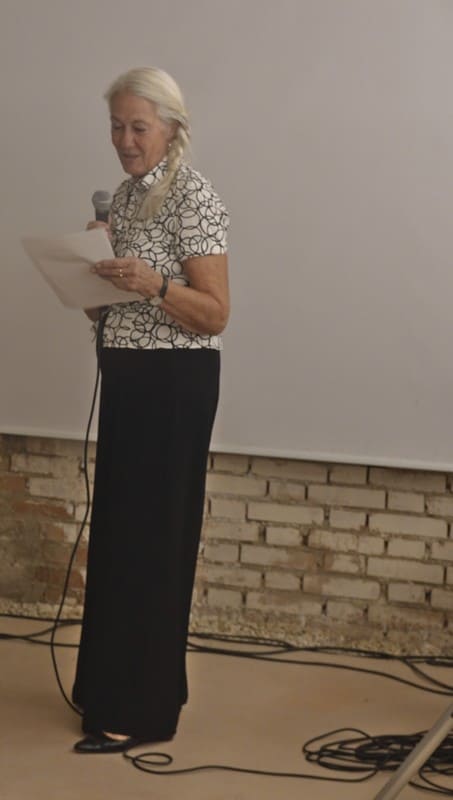

The premises
The exhibition rooms alone were well chosen: in Apiro in the rooms of the Teatro G. Mestica, one of the many beautiful theaters in the Marche, and in Cupramontana in the MIG (Musei in Grotta), in the old Caterina monastery.
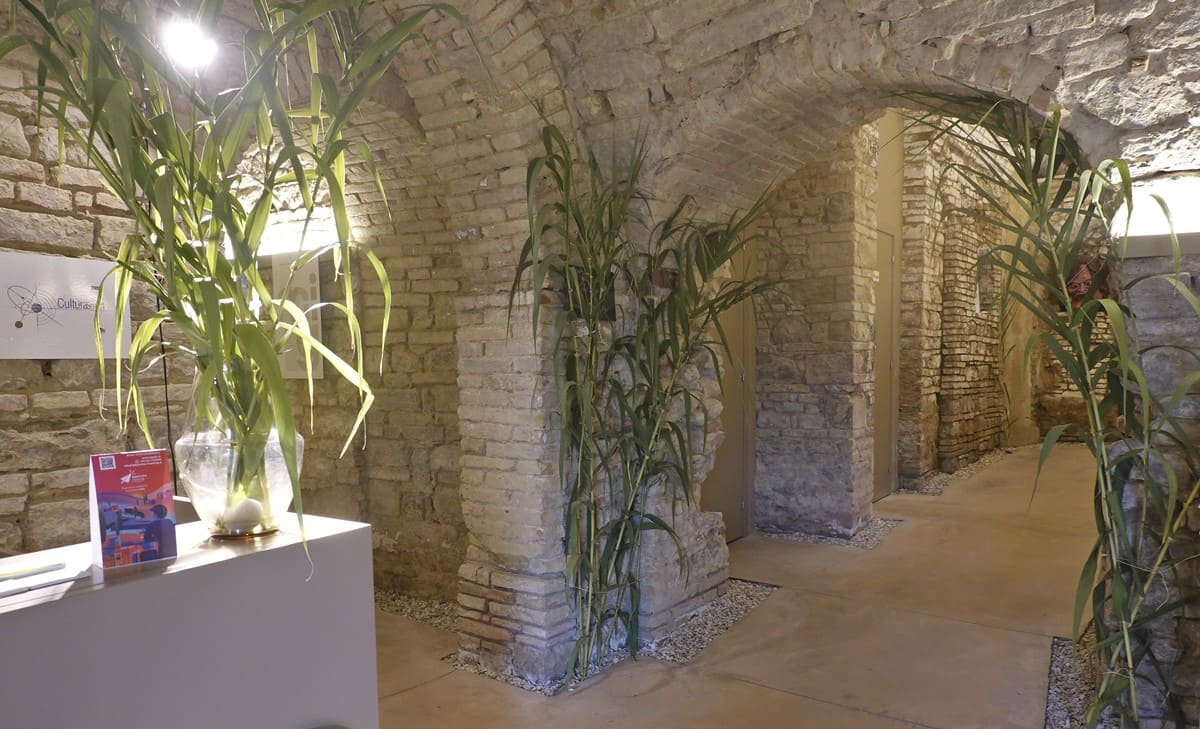
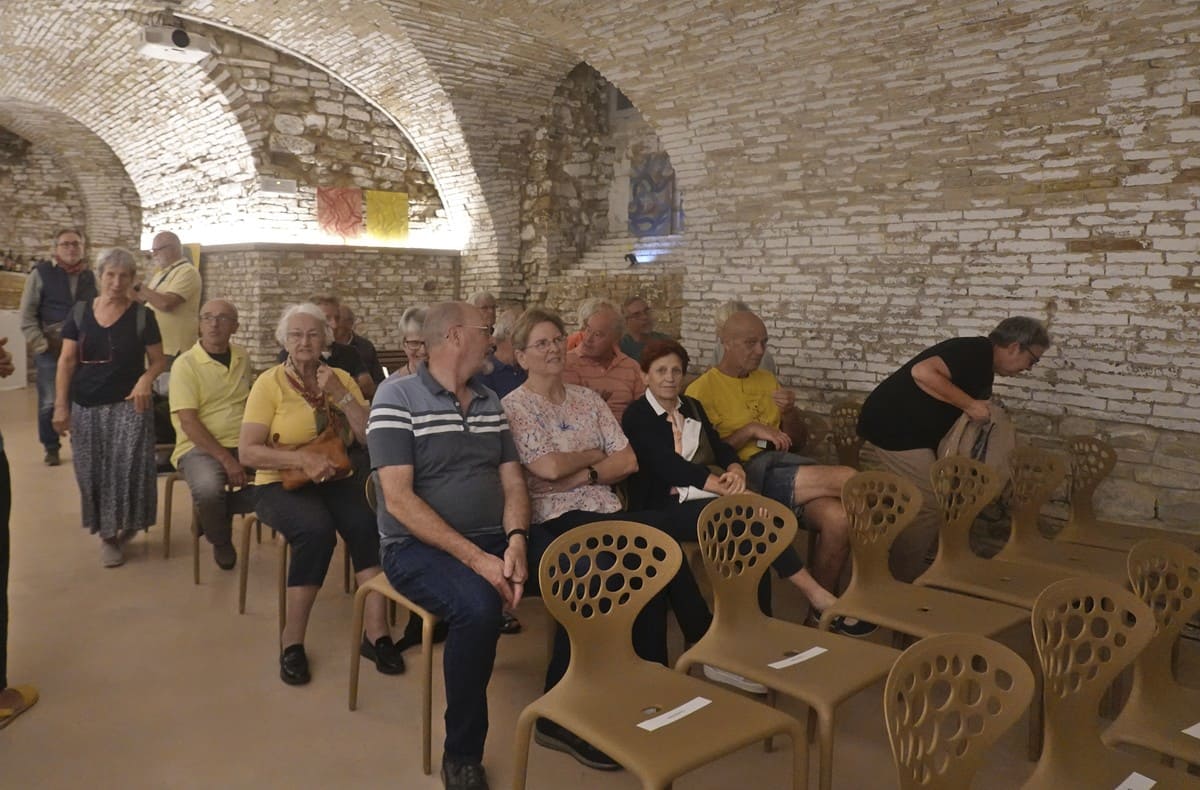

The 4 seasons of the Mariotti family – the film
The auditorium at MIG was full and the next screening was the film “Le quattro stagioni della famiglia Mariotti” by Roy Bijhouwer. The stars of the film, the neighboring Mariotti family, sat in the front row. The family still runs their small, self-sufficient farm as they did in the 19th and 20th centuries: the sowing machine and tractor are old, bread is still baked by hand and the salting of the ham is still done almost lovingly by Nonna, as if to show respect for this precious food to prove. Roy’s camera captures everything gently and very carefully, so that there is a great sense of calm in the film. He deliberately avoids scenes that require effect, such as the slaughter of the pig. Anne-Mie told me that many people from the area came to the exhibition and had tears of emotion in their eyes when they saw the film: many of them remembered it from their youth!
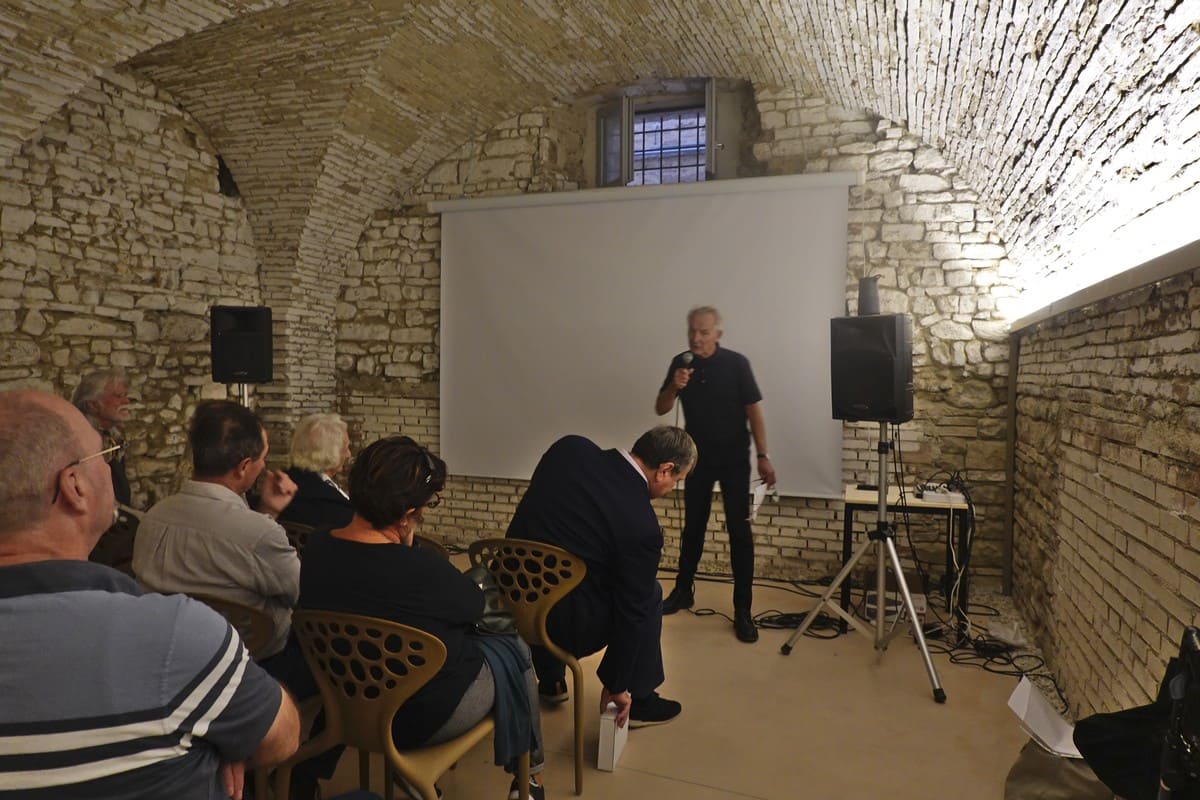
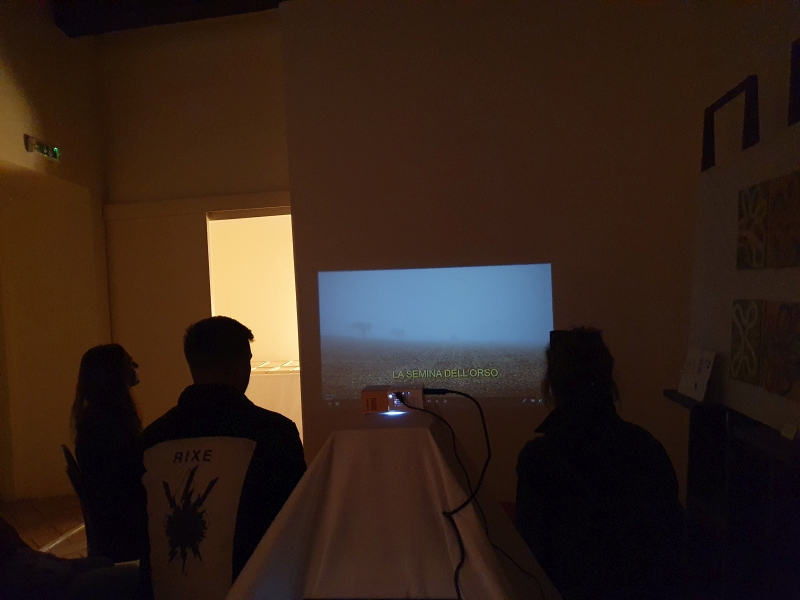
I can only absolutely recommend the film. Luckily, Roy uploaded it to YouTube – with the consent of the Mariotti family. A real contemporary document!
La Vergara
After the film there was still enough time to take in Anne-Mie’s pictures, talk to the visitors and the protagonists and – we are in Le Marche! – have a small bite to eat or enjoy a nice local sparkling wine.
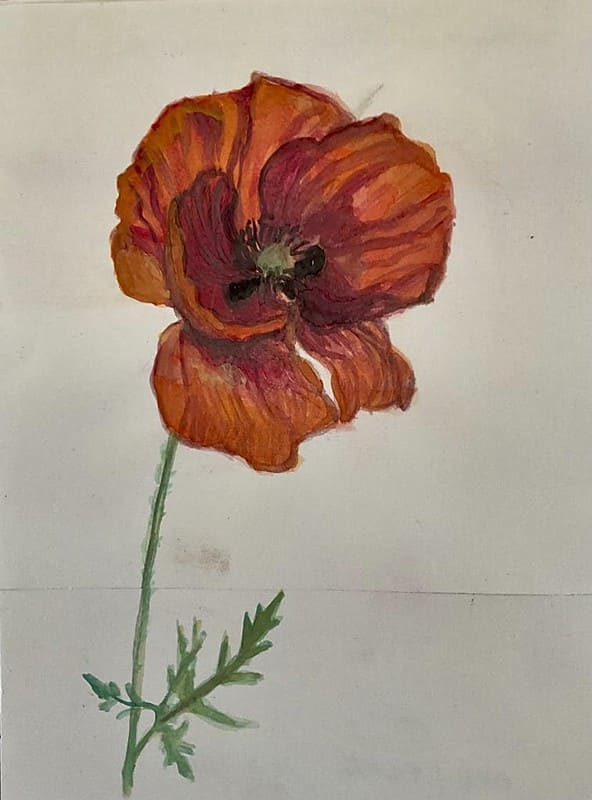
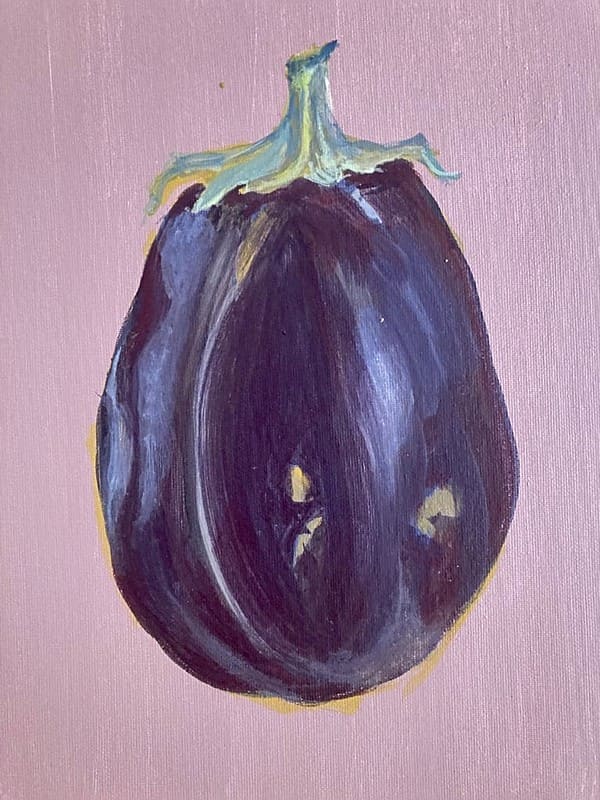
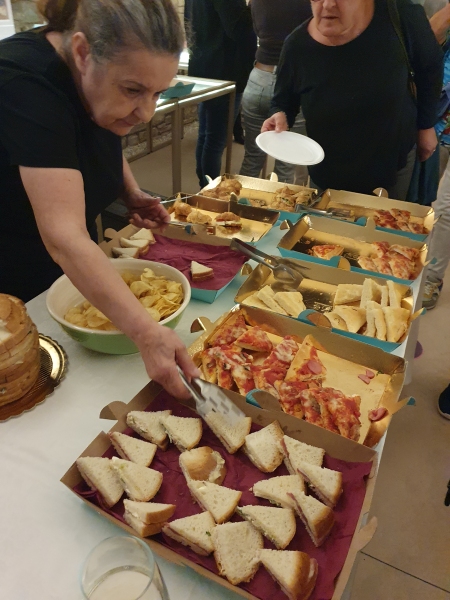
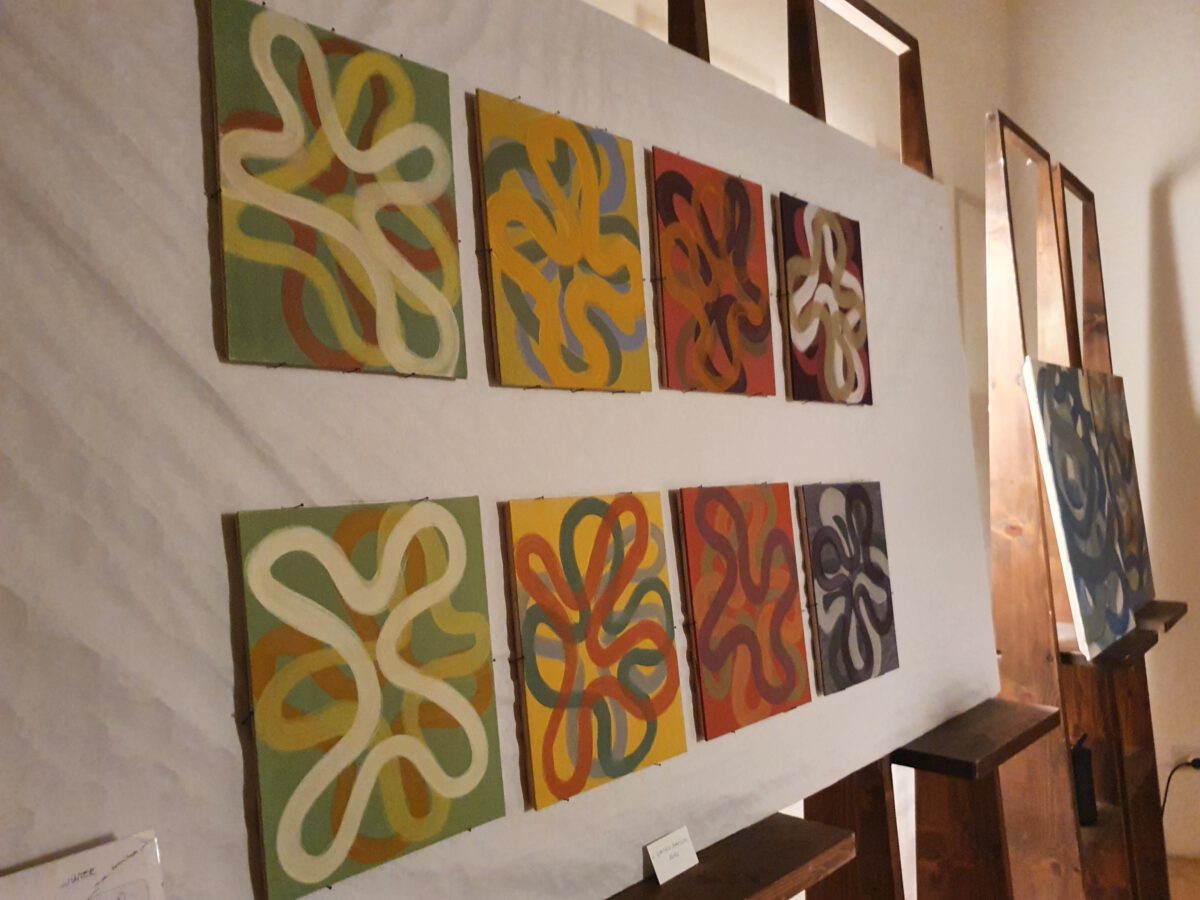
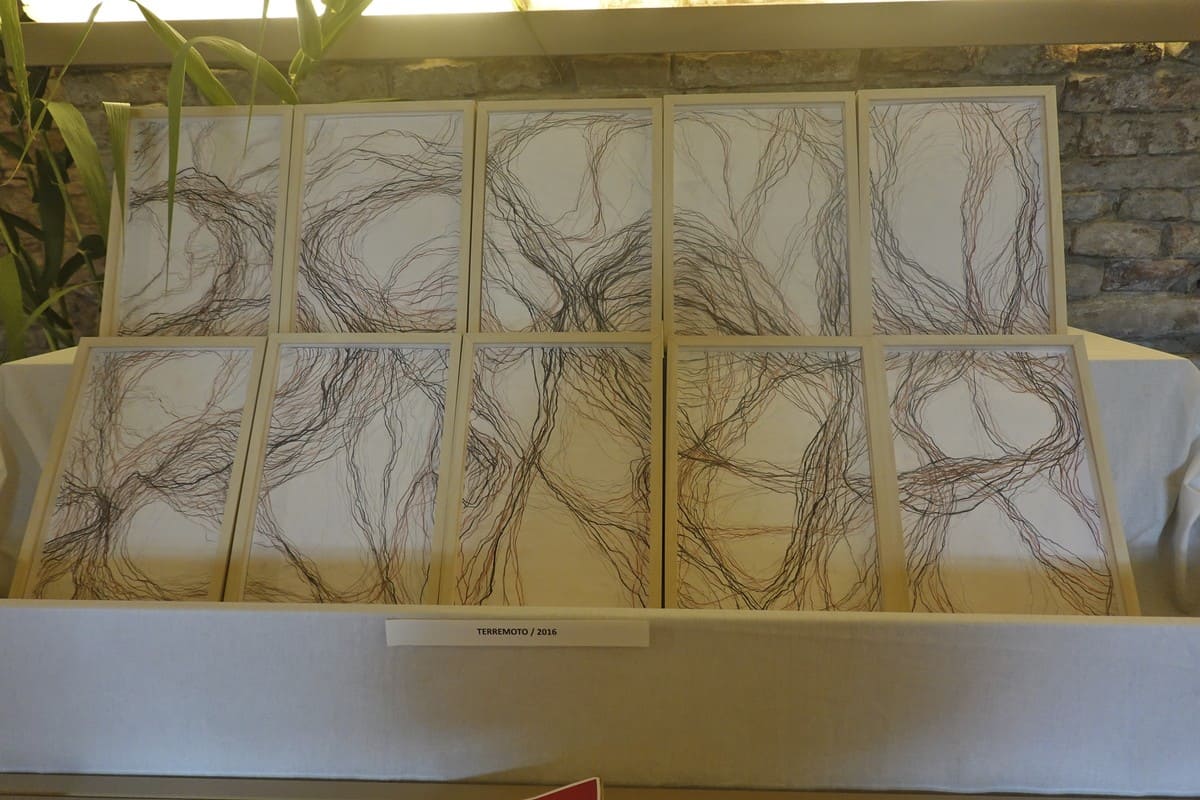
An acquaintance explained to me with a respectful reference to the old Mrs. Mariotti: She was still a real Vergara. In the Marchigian dialect, the Vergara were the women in agriculture who headed the family and ran the business in the 19th and early 20th centuries. (Note to self: we definitely need to write an article about Vergara’s role in the Marche!)
Practical tips
If you find the opportunity to see Anne-Mie and Roy’s exhibition, I can unreservedly recommend it.
If not, you can find an overview of Anne-Mie’s works on her website. Roy’s film on YouTube.
Anyone who is currently in Le Marche and is interested in how pigs were once processed into sausage and ham in the village community can see (and try) this next weekend on January 21st at the “Pista di Maiale” in Cupramontana! ).
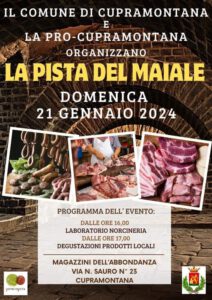
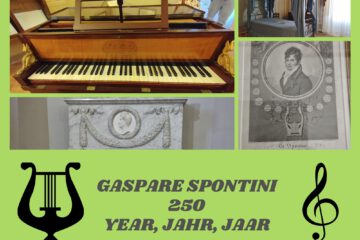
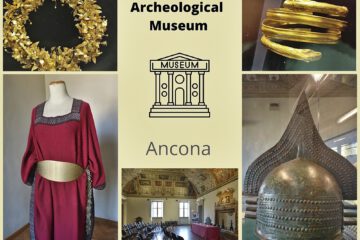
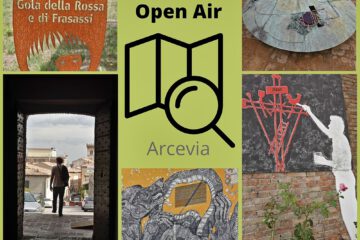
0 Comments